By Fr. Francis Pizzarelli
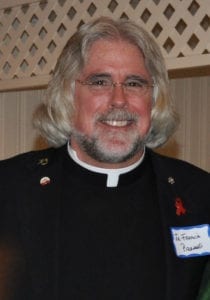
Since I last wrote this column, so much has happened that underscores that we have lost our moral compass. The confirmation process of our most recent Supreme Court Justice was an embarrassment. The behavior on the part of all involved on both sides of the aisle including the White House was reprehensible.
Have we lost all respect for the integrity and dignity of the human person? True leaders lead by personal example and respect. The moral decay has become infectious. The search for the truth has become inconsequential.
Meanwhile, on the home front parents continue to senselessly bury their children of all ages due to the opioid epidemic, and our national health crisis seems to have no real end in sight.
For all the circular rhetoric around this issue, we still have no additional beds for long-term residential treatment. Insurance companies continue to murder our most vulnerable by telling them to try outpatient treatment first; and if they fail, then they will pay for residential care, which for the record is down to less than 11 days!
Those that we have elected to lead us and protect us are clearly uneducated and clueless in regards to the devastation of this epidemic.
One outraged mother met with a group of parents and a local congressional person to voice their concerns for his lack of support on this issue and his support of the insurance industry. One of the mothers spoke out and said: “I did what you told us to do; I tried outpatient treatment for my son and he failed!” She then placed the cremated ashes of her son on his desk. The congressperson said nothing!
Despite all of this negativity, hope continues to give me strength to fight the good fight. On Oct. 20 at the Shoreham Country Club, a band that came together in early recovery did a benefit concert. They were amazing. They are known as the H.I.M.S. (Hope Inspired Men Sing) and Her. It was a refreshing evening of music that was filled with hope, change and transformation. People do recover and reclaim their lives after addiction!
The event was the idea of a retired lawyer from Shoreham who wanted to raise awareness around the affliction of addiction and also raise money that could help the recovery effort that is happening at Hope Academy on the grounds of Little Portion Friary in Mount Sinai. Thanks to her efforts more than $4,000 was raised that night.
On Sunday afternoon, at the dynamic Mount Sinai Congregational Church in Mount Sinai, that community installed a new pastor, the Rev. Phil Holson. The celebration was filled with joy, gratitude and renewed hopefulness.
The Mount Sinai Congregational Church has been a prophetic voice in our midst. As a local faith community, members don’t just talk the talk, they walk the walk!
This is evidenced in their mission statement that is quite inclusive. It states as a congregation they are committed to justice and all are welcome — regardless of age, race, abilities, economic or marital status, gender, sexual orientation or gender identification. They state they are a church that is open and affirming of all people, as we are all made in the image of God.
For almost four decades, I have seen this church community in action. Their commitment to social justice is an inspiration! Welcome Pastor Phil to the neighborhood! Thanks for saying yes — we need another prophetic voice in our midst!
Fr. Pizzarelli, SMM, LCSW-R, ACSW, DCSW, is the director of Hope House Ministries in Port Jefferson.

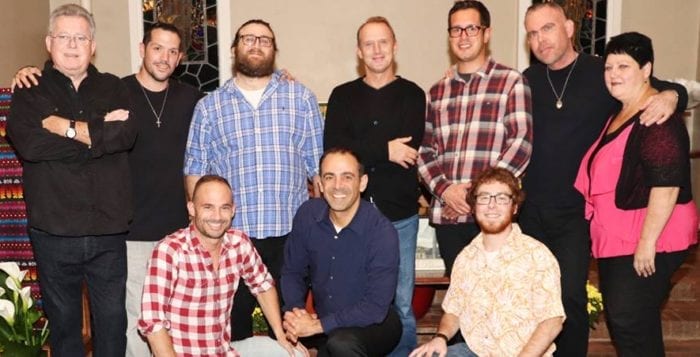




 This week’s shelter pets are the duo of Peter and Lolly, gorgeous 6-month-old kittens waiting patiently at Kent Animal Shelter to start a new chapter in their lives.
This week’s shelter pets are the duo of Peter and Lolly, gorgeous 6-month-old kittens waiting patiently at Kent Animal Shelter to start a new chapter in their lives.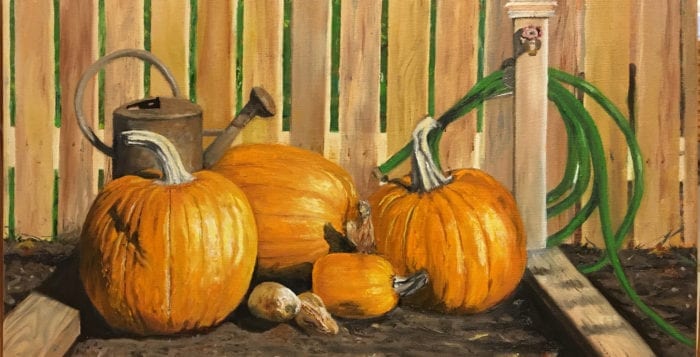



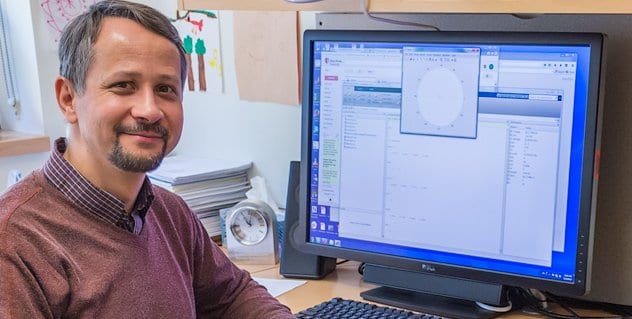
 Understanding the basic science of how genes in individual cells respond to temperature differences could have broad applications. In agriculture, farmers might need to know how genes or gene circuits that provide resistance to a pathogen or drought tolerance react when the temperature rises or falls.
Understanding the basic science of how genes in individual cells respond to temperature differences could have broad applications. In agriculture, farmers might need to know how genes or gene circuits that provide resistance to a pathogen or drought tolerance react when the temperature rises or falls.

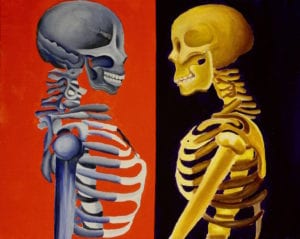
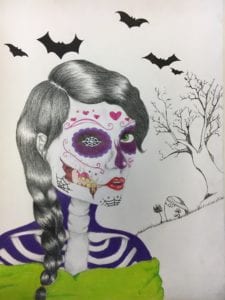 Along with Laimo and Hartmann, the works of Olivia Belluomo, Brooke Blumberg, Sage Boiko, Grace Burkart, Giavanna Castro, Ziqian Chen, Maxwell DeFalco, Alysse Fazal, Gloria Gang, Rachel Taylor Goldsmith, Elizabeth Gordin, Jenna Hart, Morgan Hlaing, Jiayi Huo, Evelyn Johnson, Aya Karimealaoui, Evgenia Kennedy, Siyu Lei, Juliette Liberatoscioli, Angelina Lomangino, Jessica Lyle, Sara Madsen, Chase McGill, Madalyn Metzger, Frida Misko, Benjamin Pollard, Sophia Polizzi, Dylan Roca, Matthew Rubenfeld, Jessica Rush, Mehr Sharma, Martina Simone, Juliah Triana, Leia Ulrich, Anna Vig, Emily Villavicencio,
Along with Laimo and Hartmann, the works of Olivia Belluomo, Brooke Blumberg, Sage Boiko, Grace Burkart, Giavanna Castro, Ziqian Chen, Maxwell DeFalco, Alysse Fazal, Gloria Gang, Rachel Taylor Goldsmith, Elizabeth Gordin, Jenna Hart, Morgan Hlaing, Jiayi Huo, Evelyn Johnson, Aya Karimealaoui, Evgenia Kennedy, Siyu Lei, Juliette Liberatoscioli, Angelina Lomangino, Jessica Lyle, Sara Madsen, Chase McGill, Madalyn Metzger, Frida Misko, Benjamin Pollard, Sophia Polizzi, Dylan Roca, Matthew Rubenfeld, Jessica Rush, Mehr Sharma, Martina Simone, Juliah Triana, Leia Ulrich, Anna Vig, Emily Villavicencio,

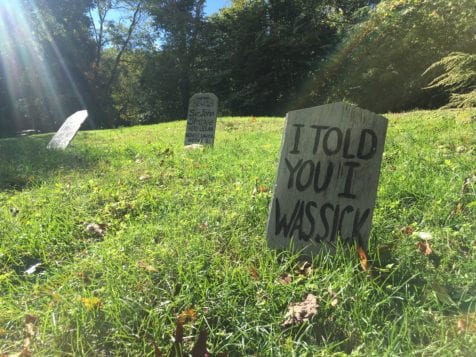
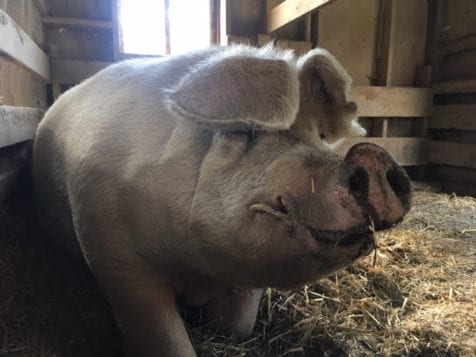
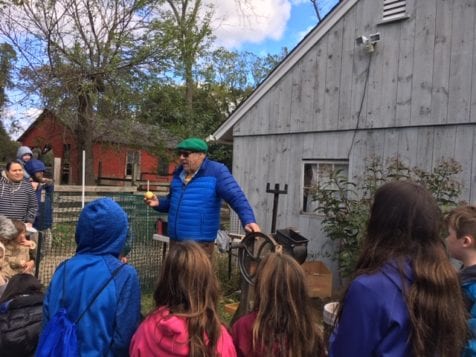




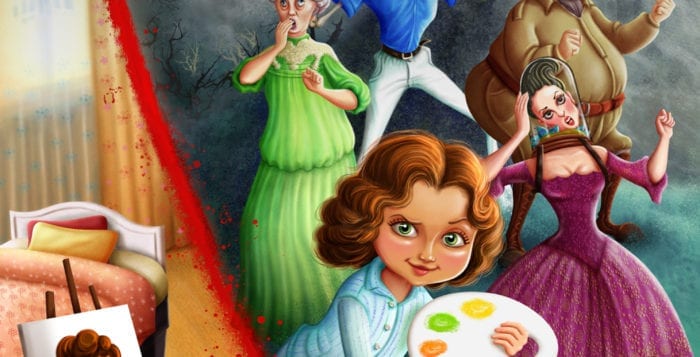
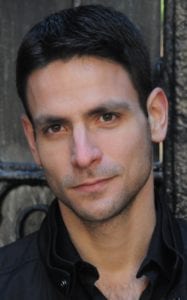
 This story is about a 10-year-old girl who loses her father to a heart attack. She learns that at night, she can travel to the afterlife, so she decides to try to bring him back. But traveling to the afterlife can be very scary and even dangerous. Along the way, she encounters people in the afterlife from a variety of different backgrounds and points in history that support her. I don’t have a dramatic personal story that inspired the book. If you look at a lot of children’s literature, the main character is either alone or has lost one parent, and that sets them off on an adventure.
This story is about a 10-year-old girl who loses her father to a heart attack. She learns that at night, she can travel to the afterlife, so she decides to try to bring him back. But traveling to the afterlife can be very scary and even dangerous. Along the way, she encounters people in the afterlife from a variety of different backgrounds and points in history that support her. I don’t have a dramatic personal story that inspired the book. If you look at a lot of children’s literature, the main character is either alone or has lost one parent, and that sets them off on an adventure.


